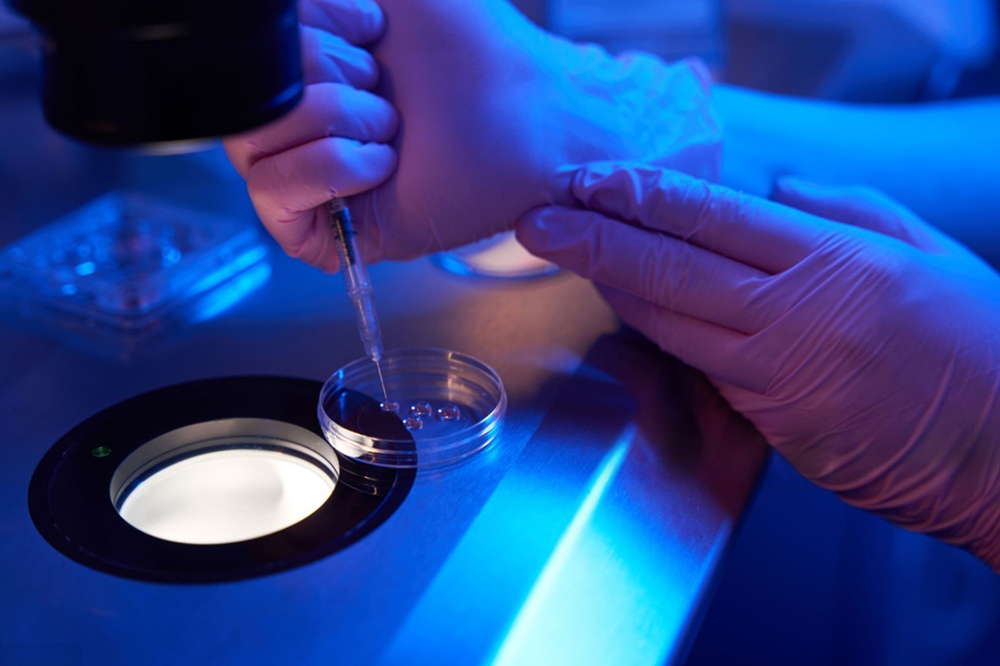IVF Process Step by Step: A Simple Guide to Understanding Your Journey
What is IVF?
In vitro fertilization (IVF) is a widely used assisted reproductive technology that helps many couples struggling with infertility. The process involves fertilizing an egg with sperm outside the body and then implanting the embryo into the uterus. Understanding the IVF process step by step can help ease anxiety and prepare you for the journey ahead.

Step 1: Ovarian Stimulation
Hormone injections are administered at the start to activate the ovaries and encourage the production of several eggs. This increases the chances of successful fertilization. During this period, frequent ultrasounds and blood tests monitor the growth of the follicles.
Step 2: Egg Retrieval
Once the eggs are mature, a small procedure called egg retrieval is performed, using an ultrasound-guided needle to carefully extract the eggs from the ovaries. This procedure is usually done under mild sedation.
Step 3: Fertilization
The harvested eggs are fertilized with sperm in a controlled laboratory environment. Fertilization can occur either naturally by mixing the eggs and sperm or through a technique called Intracytoplasmic Sperm Injection (ICSI), where a single sperm is injected directly into an egg.
Step 4: Embryo Culture and Monitoring
Over the following days, the fertilized eggs grow and develop into embryos. During this time, embryologists monitor their growth and quality to select the healthiest embryos for transfer.
Step 5: Embryo Transfer
One or more healthy embryos are carefully placed into the woman’s uterus using a thin catheter. This is usually a painless procedure and doesn’t require anesthesia.
Step 6: Pregnancy Test and Follow-Up
About two weeks after embryo transfer, a blood test confirms whether implantation was successful and pregnancy has begun. Further monitoring and care continue as needed.
Understanding Brings Confidence
Knowing the IVF process step by step helps reduce uncertainties and prepares couples emotionally and physically. While IVF can be complex, each step brings hope and closer to the dream of parenthood.